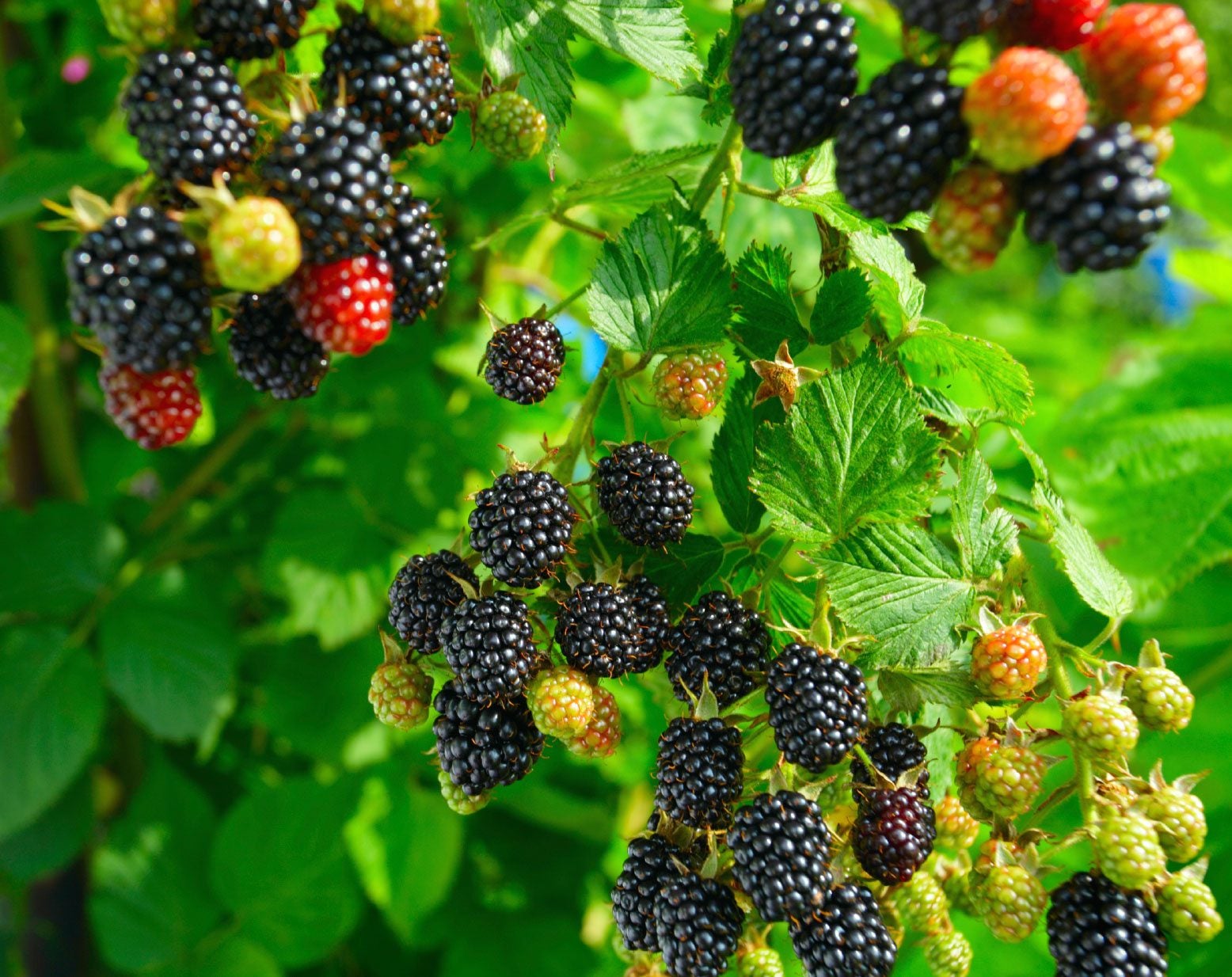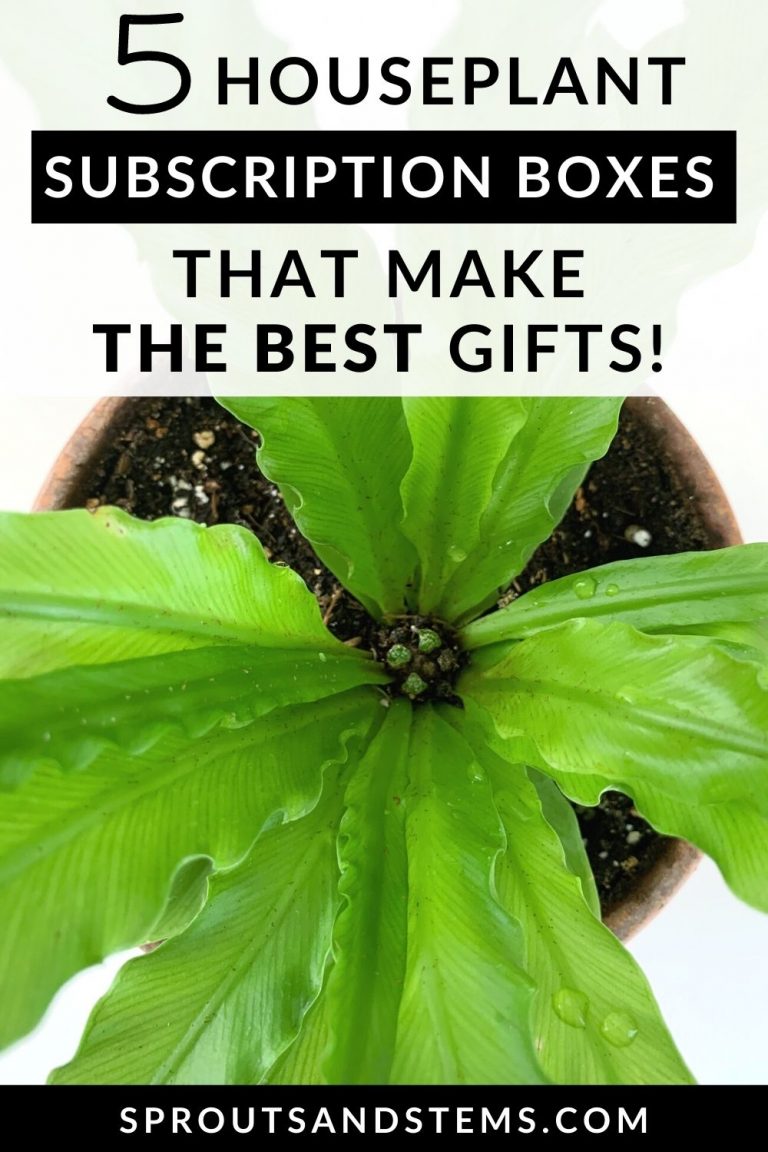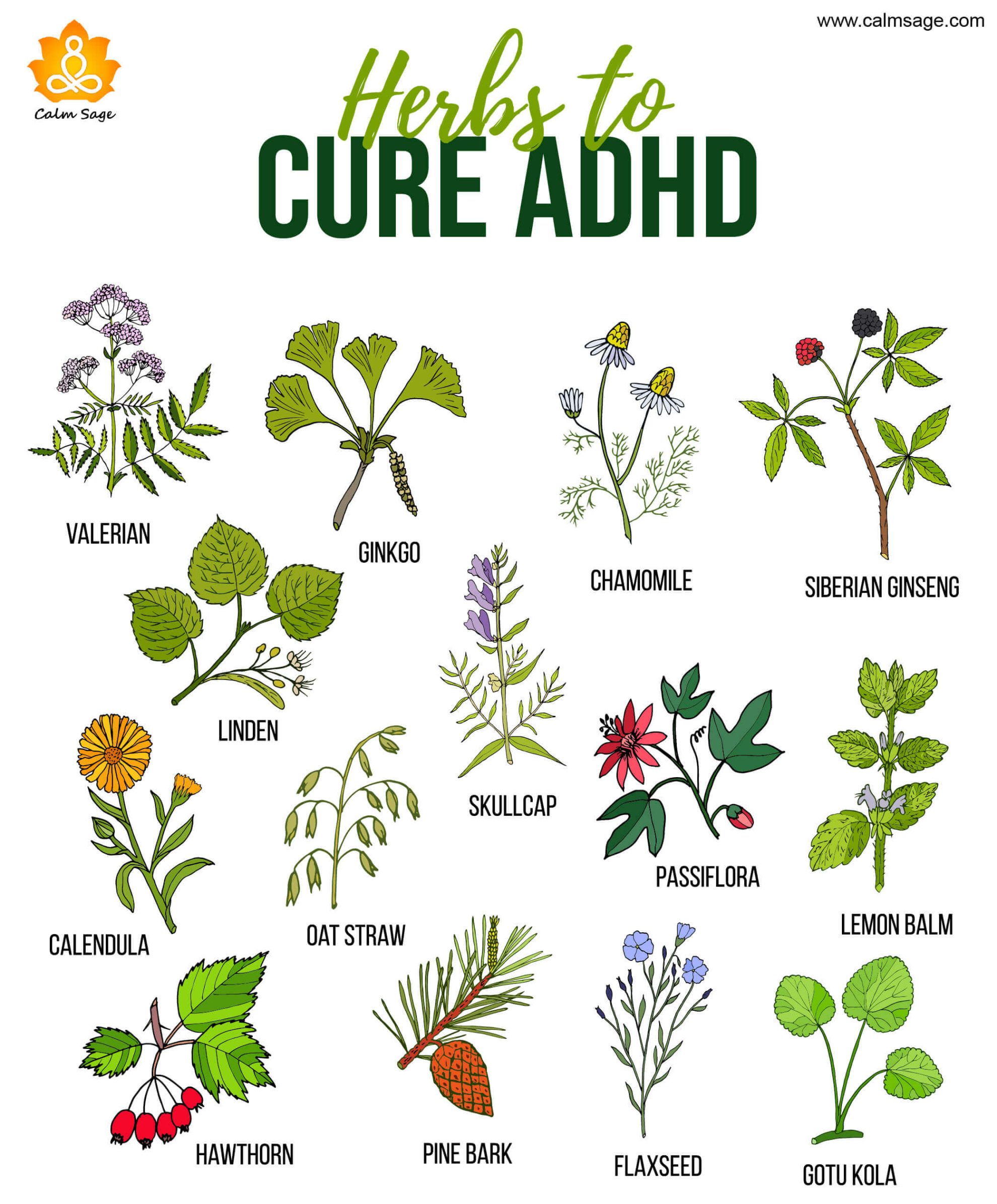Blackberry Bushes: Practical Solutions for Growing and Troubleshooting

Plunging hands-first into a blackberry patch, you’re just as likely to go home with stained fingers and a wicked smile as you are with scratches tracing the memory of each fruit picked. That’s the dual charm and challenge of blackberries—they reward those who tangle with them but never yield their best without some earned wisdom. If you’ve ever found yourself kneeling among brambles, scowling at shriveled fruit or wilted canes and wondering, What went wrong this time?, welcome: you’ve reached The Explainer’s ultimate, no-stone-unturned masterclass—a troubleshooting arsenal for every phase of the blackberry journey.

Blackberries Without Blind Spots: A Field-Tested Troubleshooting Encyclopedia
Over two decades in gardens from North Carolina humidity to rocky Maine hillsides, I’ve wrestled with thorny “impossible” patches and babied fragile new cultivars few would gamble on. I’ve discovered secrets only learned when picking berries during dusk, racing birds to ripe clusters and losing entire rows overnight to cane blight. This is my exhaustive map—warts, blight, windstorms and all—to conquering every problem blackberries will throw your way.
Anatomy Before Diagnostics: Why Knowing Your Bush Is Everything
Blackberry problems never exist in a vacuum. Understanding how your bush lives is step one. Picture this:
- The roots below ground are perennial: they come back year after year.
- Above ground, new green canes (primocanes) shoot up one season; the following season these turn woody (floricanes), bloom, fruit—and then die.
Prune at the wrong time? You might be cutting out next year’s crop, not “dead wood.” Misdiagnose yellow leaves? Could be drought—or the final weeks of that cane’s natural two-year clock.
Rule #1: If a “problem” seems widespread once per year but not throughout growing season—it could be biological design, not disaster.
1. Diagnosing Blackberry Dilemmas: Rapid Identification Matrix
When my neighbor texted photos of her wilting plants last July (“All turning brown! Save me!”), I walked her through this ten-minute triage:
Quick-Triage Table
| SYMPTOM | RAPID CHECKS/CAUSES | DEFINITIVE SOLUTIONS |
|---|---|---|
| Wilting canes (despite watering) | Root rot from soggy clay? Cane borer entry holes? | Dig down—soggy soil needs drainage fix; prune all infested canes |
| Yellow leaves; purple/red streaking | Poor nutrition? Ageing floricanes? Virus strains? | Test soil NPK & pH; remove only OLD dying floricanes |
| Berries shriveled/dry before ripening | Not enough water? Sunscald? Spider mites present? | Deep irrigate early AM; improve afternoon shading; check undersides for mite webs |
| White powder on leaves/canes | Humidity spike post-rain? Poor air circulation? | Prune inner tangles for airflow; spray with micronized sulfur |
| Patchy fruit set (flowers but few berries) | Heat waves at blooming time? No bees around? | Add pollinator flowers nearby; temporarily shade patches during hot spells |
| Tops blackened & drooping (“shepherd’s crook”) | Cane borers present (look for sawdust-like frass)? | Prune ALL affected past healthy wood midseason |
I keep a laminated version of this table tacked to my tool shed door.
2. Drainage and Watering – The Silent Killers Unmasked
I lost my very first patch—six robust ‘Chester’ starts—after heavy June rains pooled overnight on flat clay ground. They collapsed so fast I blamed voles (!) until digging revealed black-rotted roots marinating in stagnant mud.
Insider Fix:
- Suspect clay soil or slight slope? Mound planting rows on eight-inch high ridges or use raised beds.
- For absolute precision:
- Stick your finger down three inches beside stem—if it comes up dripping or caked, wait before rewatering.
- Invest $12 in a cheap moisture meter until you’re practiced.
Unexpected twist:
Sometimes wilting in sunny weather isn’t root rot—it’s actually heat stress closing leaf pores by noon (you’ll see recovery by nightfall). Mulching six inches deep is more effective than adding another round of water mid-afternoon!
If you’re starting a new patch or want to avoid drainage disasters altogether, check out our How to Plant Blackberry Bushes: Step-by-Step Guide for Beginners for foundational tips that set you up for success.
3. Pest Damage Modes Decoded – More Than Just Holes
Aphids gnaw tender tips and spider mites stipple leaves—but neither will destroy a mature plant overnight. Cane borers are stealth bombers by contrast: look for pencil-lead width holes near leaf axils or sawdust frass on stems.
Failsafe Tactics:
- Cut below visible swelling/hole in affected cane immediately—the burrower rides inside!
- Spot ladybugs or lacewing larvae during morning inspection? Hold off sprays—they do better pest control than anything you’ll buy in a bottle.
- For Japanese beetles (metallic green/bronze invaders often unnoticed until berry clusters buzz): knock into soapy water early AM when sluggish—they drop instinctively rather than fly!
Sensory detail cue:
On dewy midsummer mornings after thunderstorms, listen for wasps patrolling blossoms—they hunt caterpillars hiding under leaves before you ever spot silk tents.
If you’re battling persistent bugs or mysterious leaf spots, our deep dive on Common Pests and Diseases Affecting Blackberry Bushes and How to Control Them covers targeted solutions for every threat.
4. Disease Diaries: When Every Cane Looks Doomed
Let’s talk fungal heartbreaks:
- Anthracnose starts as purple spots that crack open like tiny scabs.
- Cane blight means segments turning silvery-black rapidly after flowering/rainy weather.
- Orange rust, distinctively vivid carrot-orange pustules under leaves—untreatable if widespread!
Counterintuitive Solution:
Ripping out an infected plant feels brutal—but leaving it risks the whole patch next spring. In 2019 after losing two rows to rust (“just one more week maybe?” thinking…), I learned mercy cutting early saved everything else come May.
Proactive Disease Arsenal:
- Prune low every late winter to open up airflow before outbreaks start—not just reactively afterward.
- Rotate mulches yearly (fungal spores overwinter right where yesterday's debris fell).
- Never compost infected trimmings—bag/burn/dispose offsite.
For rare viral infections: if multiple bushes show mosaic/yellow streaking unresponsive to feeding/watering corrections, send leaf samples ($20–$30 via extension office diagnostic programs)—sometimes what looks like deficiency is fixable only by hard replant choices.
5. Fruit Problems Nobody Warns You About
Ever picked plump-looking berries…that taste like cardboard?

Here’s why even expert care sometimes disappoints:
Possible Culprits & Fixes
- Underripe picks: If they don’t fall off into your palm with just thumb pressure—they aren’t fully sweet yet.
- Unbalanced fertilizer: Too much nitrogen = leafy vigor, watery bland fruit. Switch to lower-N formulations after early June!
- Heat bursts: Berries ripen too quickly (>92°F) lose concentrated sugars vs slow maturing under moderate temps; shade cloth over southern exposures boosts quality during hot snaps.
If berries shrivel and drop pre-maturely despite good watering—
stop antihistamine spraying near bushes! I kid you not: drift from allergy pesticide foggers knocked out bee activity one ill-fated season when a neighbor treated their lawn next door...
Personal count: one bumper crop ruined because I harvested early trying “to beat birds,” only to find flavor so disappointing I didn’t even bother making jam.
For tips on perfect picking and how to keep your haul fresh, see Harvesting and Storing Blackberries: Tips for Maximum Freshness.
6. Offbeat Challenges Most Guides Omit Entirely
Facing urban foxes raiding pre-dawn?
Bird netting works…until hungry squirrels slip underneath and tear berries apart from within! Fix:
Bury net edges six inches deep along row sides using reused landscape pins—even clever raccoons will move on rather than dig twice nightly (ask me how I know).
In late summer when sugar-thieving ants swarm over sticky fruit clusters overnight,
use cinched bands smeared lightly with Tanglefoot around supporting posts/canes—
zero pesticides required ($8 for enough product per garden half-decade).
If deer munch spring tips despite any repellents tried, double-layer two runs of fishing line six inches apart at knee height makes invisible fencing that baffles most herds…at least until snow packs it down!
7. Pruning Paralysis Broken Down By Scenario
Imagine two side-by-side gardens come February:
Garden A: Dead canes left tangled among new shoots—humidity rises fast after April showers; powdery mildew blooms everywhere by May.
Garden B: Every spent cane is cut flush at ground level before buds swell; remaining green primocanes are chopped atop each shoulder height (“tipping”). Lateral shoots dapple sunlight below rather than shading-out neighbors above…and harvest explodes come July.
If you miss winter pruning entirely (illness/travel/weather delays)? Don’t panic!
Catch up ASAP pre-bud-break—even if weeks late still brings improvement over waiting until plants leaf out completely where disease spread risks escalate twofold.
Key number here: leave about six strong main canes per mature crown for maximum yield/minimum crowding—the rest get snipped without guilt!
If you want a step-by-step walkthrough on shaping your patch for health and abundance, our Pruning Blackberry Bushes: Techniques for Healthier Growth and Bigger Harvests breaks it all down by season and scenario.
8. Soil Chemistry Disasters & Miracle Turnarounds
True story from my field logbook:
Back in spring 2017 our test patch fruited poorly three years running—a “puzzle” until we finally sent soils to university analysis (price tag $28 including postage). Hidden culprit was pH drifting over neutral thanks mostly to leaching limestone in irrigation runoff! Berries improved dramatically next cycle with targeted elemental sulfur topdressings split between Halloween and thaw-time March—a classic case proving that assumed fertility ≠ actual nutrients available at root zone depths.*
Lesson learned: Test soil deeply EVERY third year regardless of surface signs; invest $15–20 which returns fiftyfold if yields restore themselves overnight.
Troubleshooter's Command Center – Scenario-Specific Rescue Missions
Below you'll find THE reference guides—from alarming symptoms down to subtle anomalies most books ignore altogether:

A) Leaves yellowing … but ONLY on new growth?
Likely magnesium deficiency post-heavy rains leaching minerals;
Solution: Epsom salts dissolved into weekly waterings during rapid growth pushes (use sparingly).
B) Canes thickening grotesquely halfway up … splitting wide open?
Symptom screams “cane gall”—a bacterium hitchhiking via dirty pruners.
Solution: Sanitize blades between cuts using isopropyl alcohol wipes each pass; yank and burn infected stalks below ground-level nodes immediately upon diagnosis.
C) Harvest vanishes suddenly just shy of ripeness?
If birds already netted against, suspect chipmunks sneaking tunnels underneath rows also used for carrots/beets last fall…
Solution: Compact fine gravel around shallow tunnel mouths this year—not concrete/pavers which create soggy patches later.
D) Canes fail every single spring no matter what you tweak?
You may have planted nursery stock imported with virus-latent parentage;
Final fix here is scorched earth policy (
remove all susceptible varieties AND solarize soil plastic sheeting
for four months prior to replanting clean-certified bare root stock ordered direct from state-vetted suppliers—not big box chains shipping nationwide unknowns).
E) Mushrooms popping up in mulch after high summer storms?
This happens annually in organic-rich settings;
Fact check: These decomposers rarely harm roots directly unless coupled with standing puddles post-storm.
Fix involves raking away wet mulch within twelve hours of heavy rain
and restoring air gaps around cane bases after clouds clear.
Keep This In Mind: Each problem solved adds one more note into next year’s playbook—I label garden stakes each season noting date/issue/remedy right beside each bush so future mysteries rarely repeat themselves twice.
Season-by-Season Prevention Calendar – One Page To Rule Them All
Put this somewhere visible—you’ll reach for it constantly:
January–February
- Deep clean pruners/loppers w/ bleach solution
- Order bareroot replacements now while inventory remains fresh
March–April
- Plant/transplant as frost lifts
- Preemptively mulch w/ composted pine bark/manure blend
May–June
- Complete major tipping/prune jobs before bugs' populations explode
June–July
- Irrigate deeply dawn hours only when drought looms ahead forecast (<0.5" rain/week)
July–August
- Netting protocol ON fulltime once berry clusters color up >75%
September onwards
- Remove spent canes fully—leave crowns alone until true killing frosts arrive
From Setback To Success Story – Real Life Resilience Narratives
Two case highlights from my consult days:
Beth nearly gave up gardening entirely when anthracnose wiped out three years’ work—but rallying through forums and finding hidden microclimates against her stone garage wall let her regrow elite ‘Doyle’ cultivars where she swore nothing would thrive again.
Saul transformed hopeless soggy coral sand soils bordering wetlands by trial-and-error berm engineering—a process spanning five winters—with perseverance giving him faultlessly sweet August harvests other local growers called impossible.
Your Takeaway Playbook – Troubleshooting Should Be Second Nature
The reality is every gorgeous jam jar owes itself as much to persistence solving weird glitches as textbook best practices laid out neatly online or in stores.
Here’s your action map that sets legendary growers apart:
1️⃣ Don’t panic at first sign of trouble—instead observe methodically throughout week-long cycles
2️⃣ Keep written records like pilots log quirks/errors/remedies per variety/location/season
3️⃣ Always treat prevention as first defense—but know exactly WHEN intervention trumps patience
4️⃣ Embrace setbacks as lessons fueling next year’s abundance
To anyone staring down battered bushes asking “Can I really turn this around?” trust that expertise isn’t handed down—it grows bramble-tangled alongside those who refuse defeat despite thorns.
Here’s wishing your baskets brim full—every single summer—and that your troubleshooting instincts soon become second nature!
May your blackberry harvest write its own success chapter—forged by experience rather than luck alone.
Happy growing,
The Explainer



